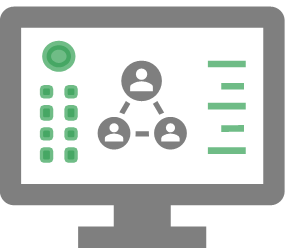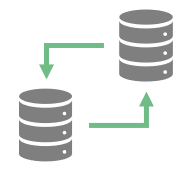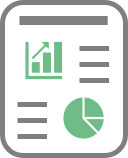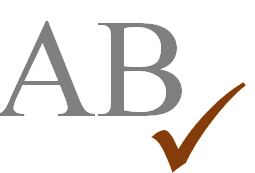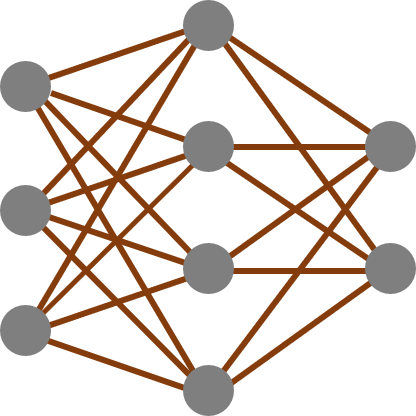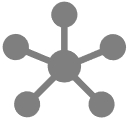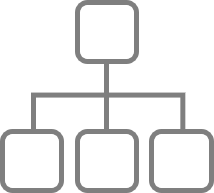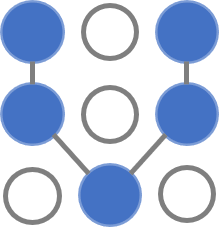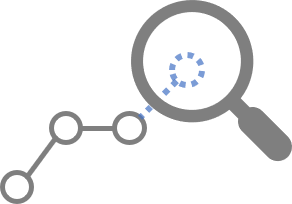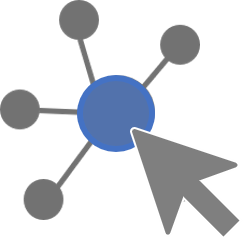The spectrum of possible reasons for conducting meta-analyses on provenance data is broad. Our goal is to provide a comprehensive overview of existing body of literature that analyze provenance datafor specific purposes. At a high-level, we can categorize the goals of the existing work as:
WHY analyze provenance data
WHAT types of provenance data to analyze
Now that we have considered the different reasons WHY researchers analyze provenance data, the next challenge is to determine how the user’s interactions can be encoded, represented, and stored. The choice of the encoding has a direct impact on the downstream analysis of the provenance data as well as the expected outcome. From the perspective of analysis techniques, the decision of how to encode the provenance data can also dictate the types of analyses that can be applied.
HOW to analyze provenance data
User interactions collected from a visual data exploration or analysis session can be analyzed in a variety of ways. In the most simplistic cases, the user interaction data can be stored as part of the “undo/redo” mechanism with little data processing required. In thw WHAT section, we focus on complex analysis methods that researchers apply to the interaction data to derive insight into the user’s analysis intent, re-purpose past analyses, predict future user actions, or create analysis summaries.We organize the observed methods into five primary categories:.



